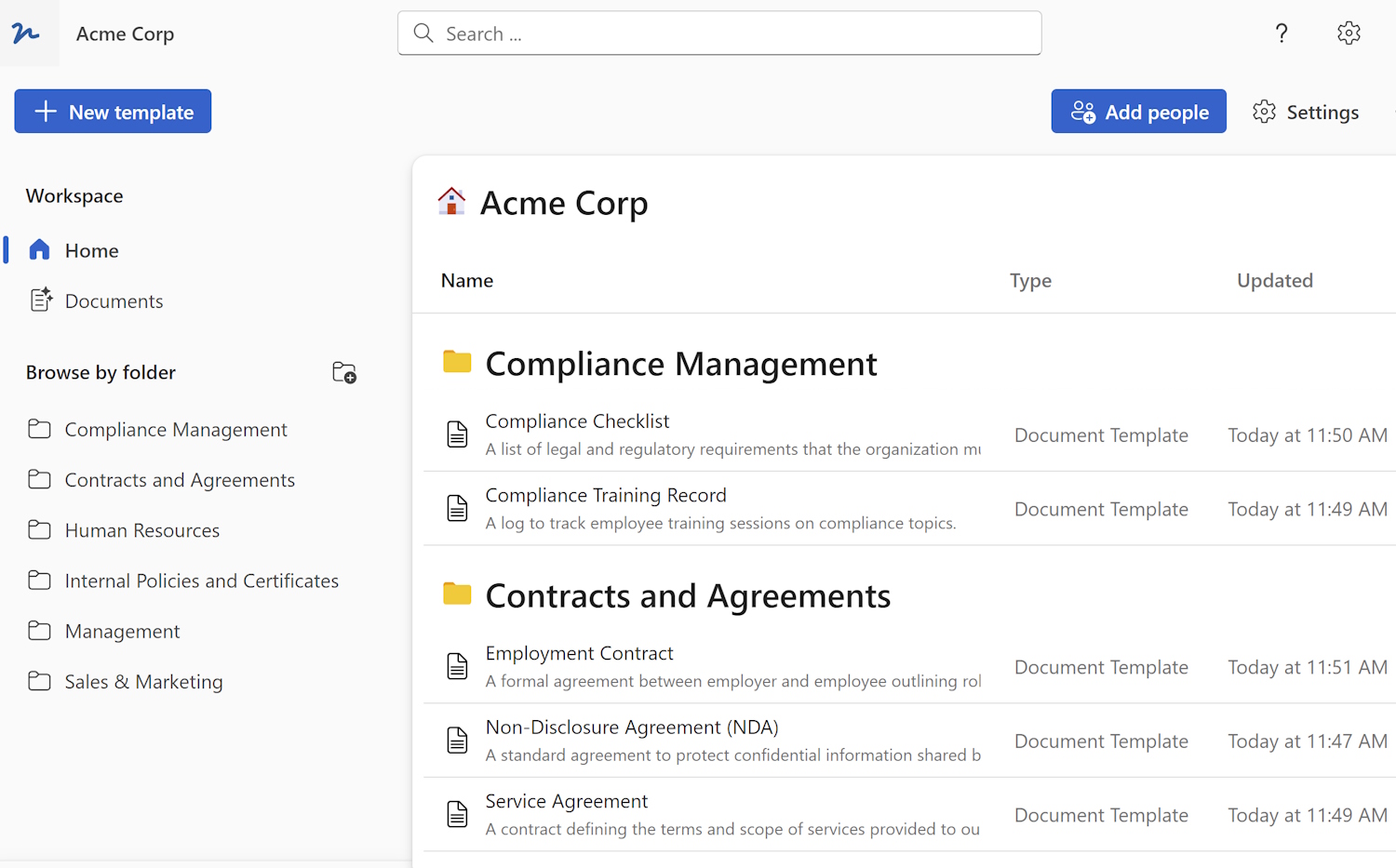
A non-disclosure contract, also known as an NDA, is a legally binding agreement that establishes a confidential relationship between two or more parties. This contract ensures that information shared between the parties is kept confidential and not disclosed to unauthorized individuals or entities. Non-disclosure contracts are commonly used in business, research, and creative industries to protect sensitive information, trade secrets, and intellectual property. In this article, we will explore the key elements of a non-disclosure contract, its benefits, and provide guidance on how to create an effective NDA.
Understanding Non-Disclosure Contracts
A non-disclosure contract is a legal document that outlines the terms and conditions governing the sharing and protection of confidential information. It is often used when two or more parties are involved in a business transaction, collaboration, or any situation where sensitive information needs to be shared. This could include proprietary business strategies, customer lists, financial information, technical know-how, or any other valuable information that, if disclosed, could harm the disclosing party.
The purpose of a non-disclosure contract is to protect the confidential information from being leaked or misused by unauthorized individuals. By signing the NDA, the receiving party agrees to keep the information confidential and not to share it with anyone who is not directly involved in the business relationship or collaboration.
Benefits of Non-Disclosure Contracts
Non-disclosure contracts offer several benefits to the parties involved:
Protection of Sensitive Information: The primary benefit of an NDA is the protection of sensitive and confidential information. It ensures that the information remains private and is not disclosed to unauthorized individuals or entities.
Legal Recourse: In the event of a breach of the non-disclosure contract, the injured party can seek legal recourse, including monetary damages or injunctive relief. This gives the disclosing party a legal basis for pursuing action against the unauthorized release of confidential information.
Promotes Trust: The existence of an NDA can foster trust between the parties involved. It shows a commitment to protecting sensitive information and establishes a confidential relationship.
Encourages Open Communication: With the assurance that their confidential information is protected, parties may feel more comfortable sharing sensitive details. This can lead to better collaboration, innovation, and problem-solving.
Key Elements of a Non-Disclosure Contract
To create an effective non-disclosure contract, certain key elements should be included:
Identification of Parties: The NDA should clearly identify the parties involved in the agreement, including their legal names and contact information.
Definition of Confidential Information: The contract should clearly define what constitutes confidential information. This can be done by providing a broad category or explicitly listing the types of information that are considered confidential.
Obligations of the Receiving Party: The NDA should outline the obligations of the receiving party, including their duty to keep the information confidential, not to disclose it to unauthorized individuals, and to use it only for the agreed-upon purpose.
Exceptions to Confidentiality: The contract should specify any exceptions to confidentiality, such as information that is already publicly available or becomes public through no fault of the receiving party.
Duration of the Agreement: The NDA should state the duration or term of the agreement. This can be a specific period or continue indefinitely until the confidential information is no longer deemed valuable or confidential.
Remedies for Breach: The contract should outline the remedies available to the injured party in the event of a breach, such as monetary damages, injunctive relief, or specific performance.
Creating an Effective Non-Disclosure Contract
When creating a non-disclosure contract, consider the following tips to ensure its effectiveness:
Tailor the Contract: Customize the NDA to suit the specific needs of the business transaction or collaboration. Consider the type of information being shared and any industry-specific requirements.
Seek Legal Advice: If you are unsure about the legal aspects of the NDA, consult with a qualified attorney to ensure that the contract complies with applicable laws and adequately protects your interests.
Be Specific: Clearly define what constitutes confidential information. Use specific language and examples to avoid ambiguity or misunderstanding.
Address Dispute Resolution: Include a provision on how disputes will be resolved, such as through negotiation, mediation, or arbitration. This can help prevent lengthy and costly litigation.
Update the Contract: Regularly review and update the NDA to reflect changes in the business relationship, the nature of the confidential information, or any applicable laws and regulations.
Educate the Parties: Ensure that all parties involved in the agreement understand the terms and obligations of the NDA. Provide them with a copy of the contract and address any questions or concerns they may have.
In conclusion, a non-disclosure contract is a vital tool for protecting sensitive and confidential information in various business transactions and collaborations. It establishes a confidential relationship between the parties involved and legally binds them to keep the disclosed information confidential. By understanding the key elements and following best practices when creating an NDA, businesses can safeguard their valuable assets and foster trust and collaboration with their partners.
 WordFields
WordFields
